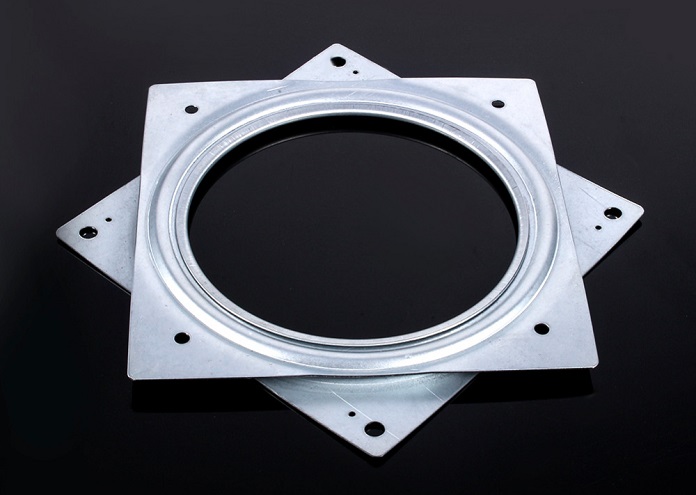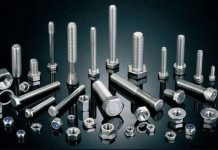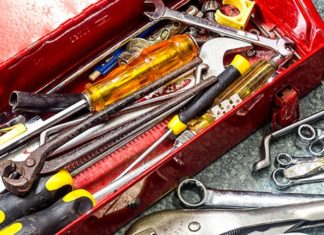Bearings are small machine parts, the purpose of which is to reduce friction between two rotating parts and support axial and radial loads. Their name comes from the verb “to bear”, and they’re simply there to allow two machine parts to support each other. There are many different designs of bearings, all of which operate differently and restrict and allow different types of movements.

Bearings have been around for a very long time in one form or another, but the first modern bearings were made by Philip Vaughan, inventor and iron master, back in 1794 in Carmarthen. They played a very important role in the Industrial Revolution, allowing the newest machinery to operate more efficiently.
For instance, some enable linear movement of the moving machine parts, others free rotation around a fixated axis, or they can prevent movement altogether by taking control of the vectors of the moving forces that bear on moving parts. Most designs improve motion by reducing friction and their classification is broad, depending on the direction of the loads they apply to parts, the type of operation and the motions they allow.
The most simple type of bearings are plain bearings and they’re comprised of a shaft which rotates in a hole. They’re typically cut or formed into a part, and they can vary in roughness, form, control, size, location of the surface and form. However, they can also be a completely separate part which is installed into a machine part or into a machine
There are also more complex bearings, like rotary bearings (also known as lazy susan bearing), which support axial loads predominately. A lazy susan bearing is best fit in low thrust applications, like corner cabinets, turntable kaleidoscopes, storage solutions, etc.
In fact, there are many more types of bearings, some are very advanced and are only meant for specific type of machinery and applications that are specifically made with high standards of performance, durability and reliability. In order to prolong the longevity of the bearings and reduce friction to a minimum, you should lubricate them frequently. However, that’s not always the case. Some bearings required period maintenance, while others require little to no maintenance.
The longevity of the bearings is determined by installation practices and their design. Furthermore, having a decent maintenance program, assessing their state on regular basis, as well as ensuring the lubricant levels are well-maintained and all corrosive and abrasive growths are extinguished in a timely manner is key to keeping them in a proper working state.















